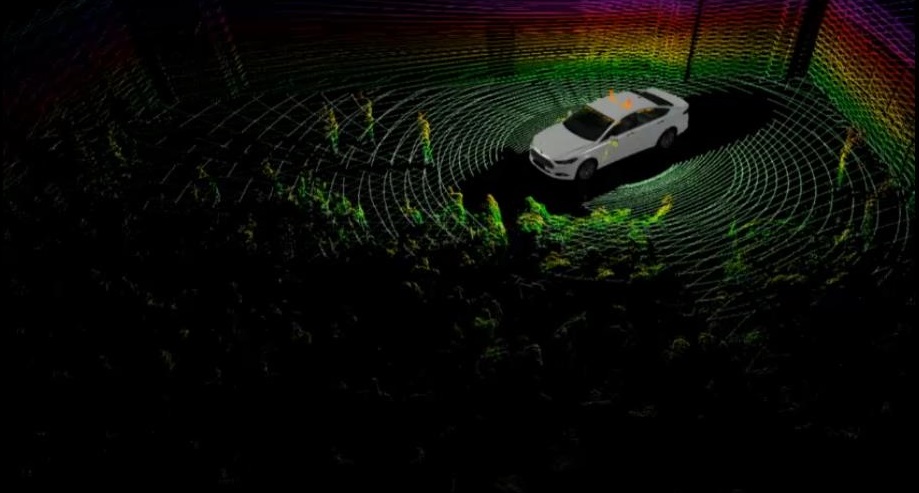Ford Gives a Demo of Its Model T of Driverless Cars
Ford demonstrated its first self-driving research vehicle today, and in doing it so gave a hint of how automated driving may become accessible to most of us. The car, which features few sensors that aren’t already found in some of Ford’s existing cars, reflects a relatively realistic view of how automation will gradually, and carefully, be commercialized.

The automaker demonstrated the modified Fusion—fitted with four small spinning lidar instruments and a 360-degree camera to map its surroundings in 3-D—at the company’s headquarters in Dearborn, Michigan, today. While the U.S. automaker is far from the first to demonstrate such a prototype vehicle, its efforts could help bring the underlying technologies to ordinary drivers. Ford already includes cameras, radar, ultrasound sensors, and automated driving features including lane tracking, adaptive cruise control, and self-parking in the Fusion, a car that starts at just under $30,000 with the technology (see “Proceed with Caution Towards the Self-Driving Car”). The prototype vehicle, which uses these existing sensors, was developed with researchers at the University of Michigan, and with the insurance company State Farm.

Speaking at the event, Raj Nair, head of product development for Ford, said the company isn’t looking create a fully automated vehicle of the kind Google has demonstrated. “Let’s define what we mean by automated,” Nair said. “What we do not mean is a ‘driverless car’; so if you had visions of sending your kid off to school in a car while you go back in the house for another cup of coffee, that’s not what we’re talking about in the near time. We still believe the driver should be in the loop.”
This reflects a broader view within the auto industry. While Google is testing cars capable of driving fully autonomously in all kinds of traffic, most carmakers are taking much smaller steps toward automation, with plans for technology that will only allow full autonomy on some stretches of highways and under the supervision of the driver.
Last week, Volvo announced a project that may have a big impact on the future of automous driving: a test planned for 2017 involving 100 autonomous cars around the Swedish city of Gothenburg. What was important about this news is that the trial will involve ordinary drivers; volunteers will be allowed to switch automation on for certain stretches of highway on their daily commute.
Although it’s still more than three years away, and has some details yet to be worked out, this would be a significant, and much needed, experiment. For all the advances in sensors and algorithms, the biggest issue with self-driving cars remains the human factor—how we, as drivers, will act when handed the technology.
The Volvo project is “quite impressive and ambitious,” according to Sven Beiker, director of Stanford’s Center for Automotive Research. “I am very glad they are formulating their goals like studying the interaction with other vehicles and the public perception and reaction. These points are extremely important.”
Keep Reading
Most Popular
Large language models can do jaw-dropping things. But nobody knows exactly why.
And that's a problem. Figuring it out is one of the biggest scientific puzzles of our time and a crucial step towards controlling more powerful future models.
How scientists traced a mysterious covid case back to six toilets
When wastewater surveillance turns into a hunt for a single infected individual, the ethics get tricky.
The problem with plug-in hybrids? Their drivers.
Plug-in hybrids are often sold as a transition to EVs, but new data from Europe shows we’re still underestimating the emissions they produce.
Stay connected
Get the latest updates from
MIT Technology Review
Discover special offers, top stories, upcoming events, and more.